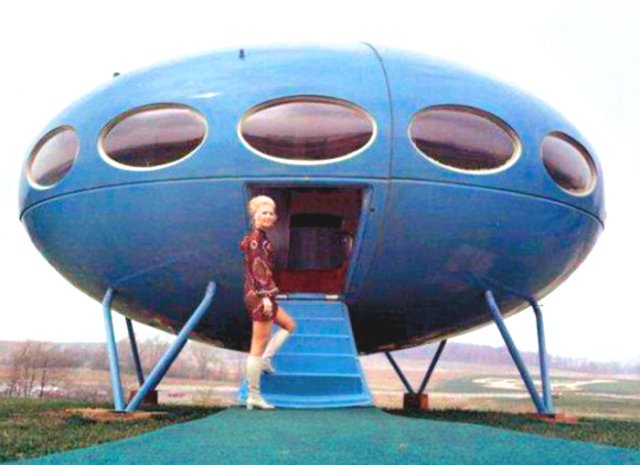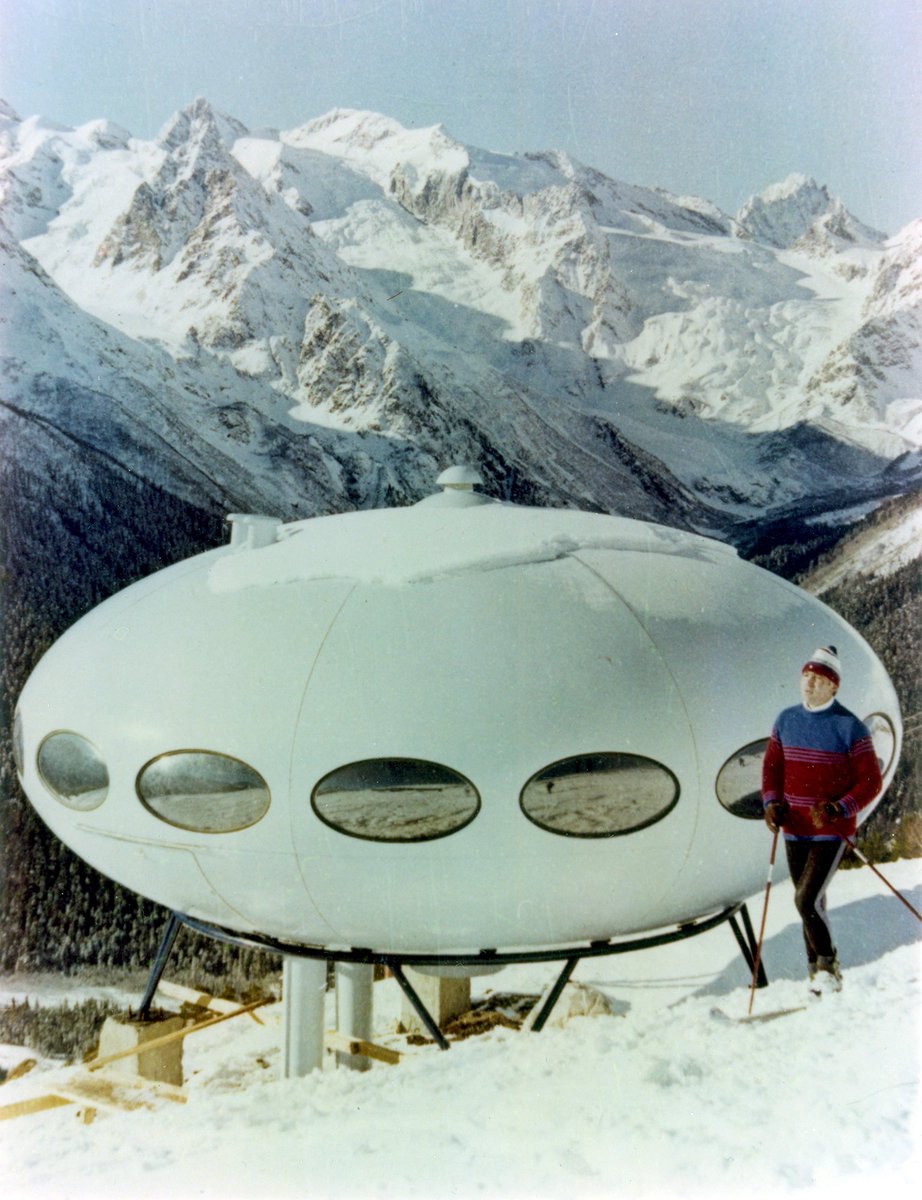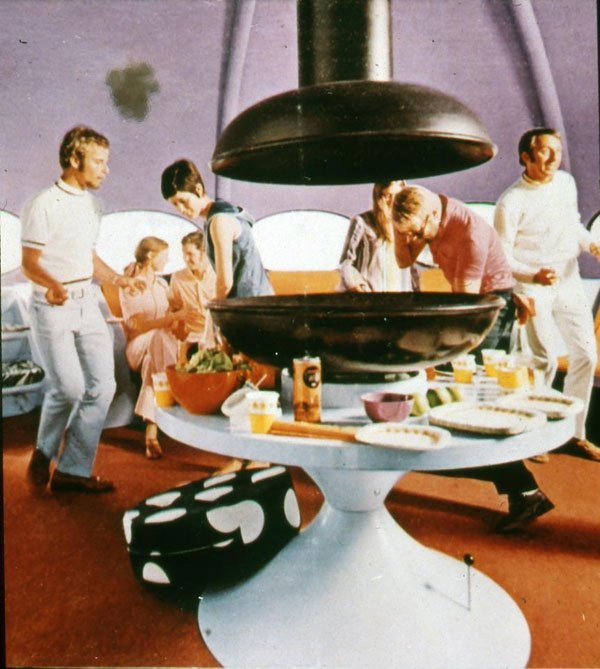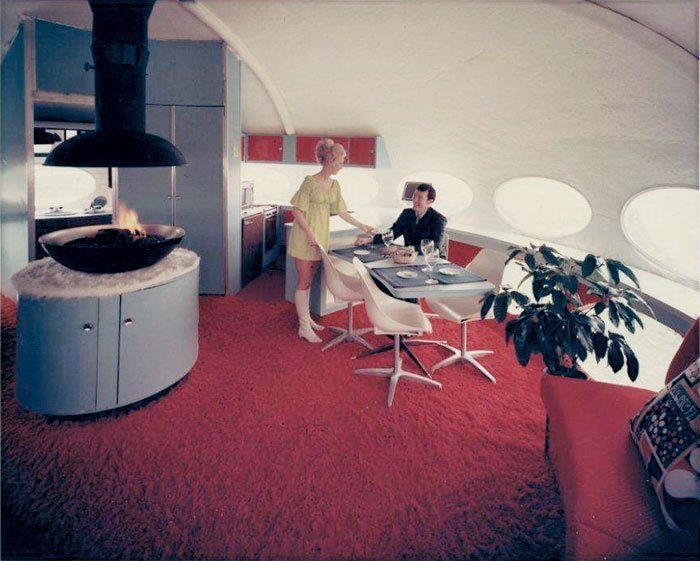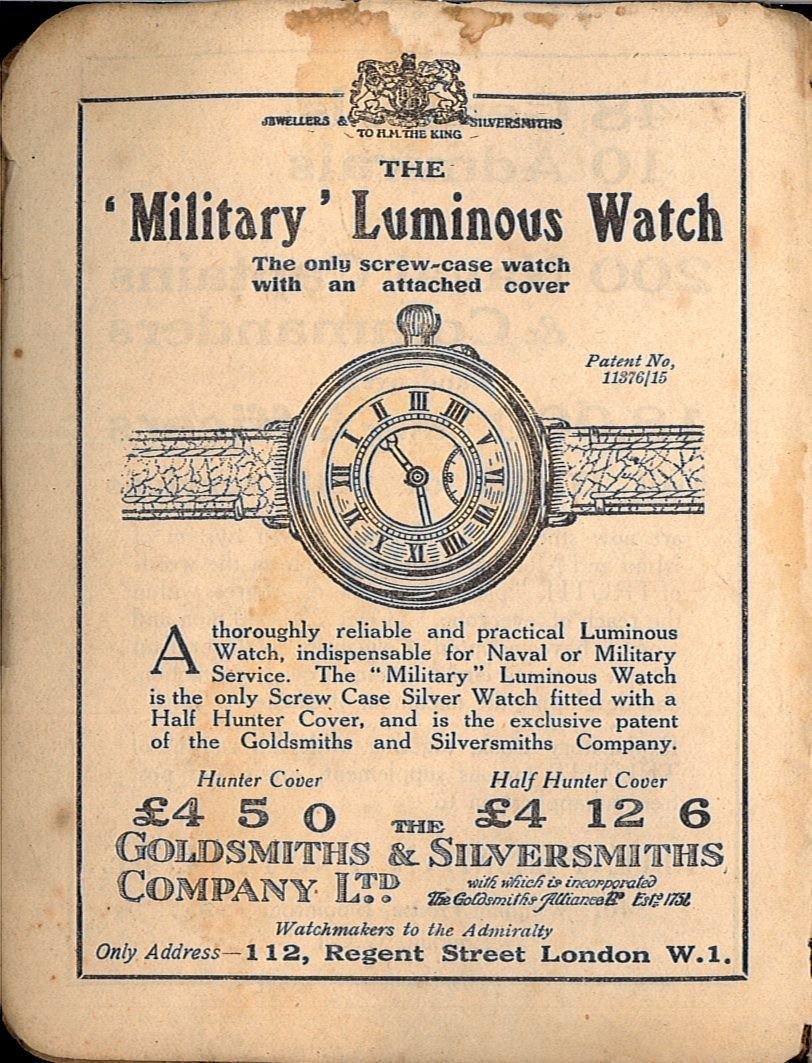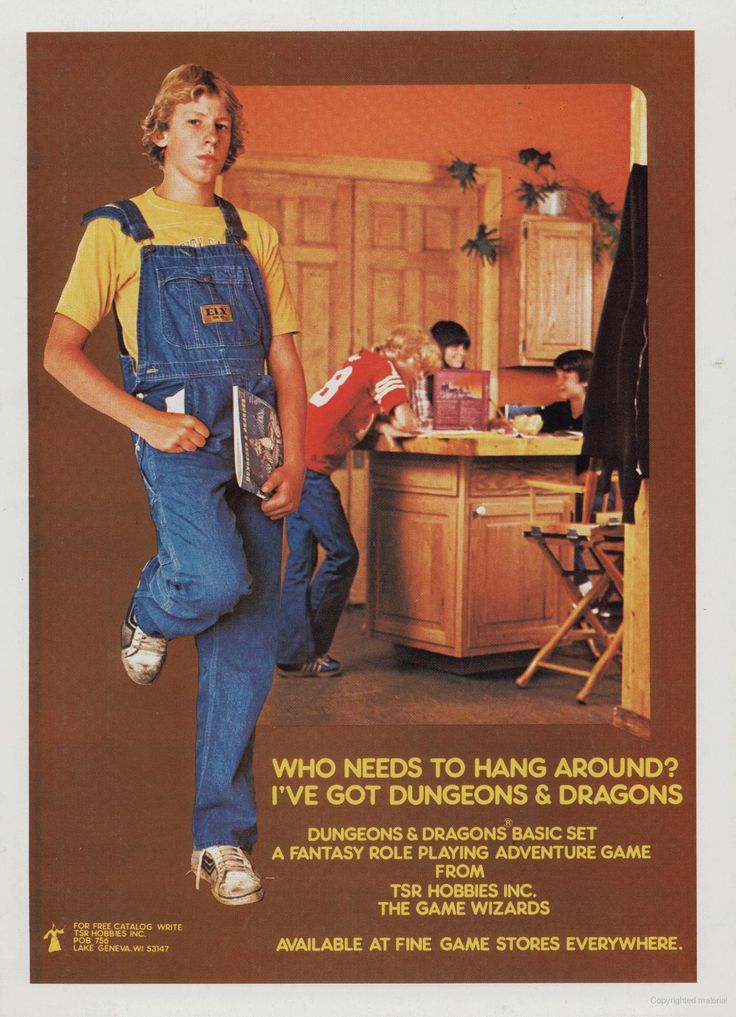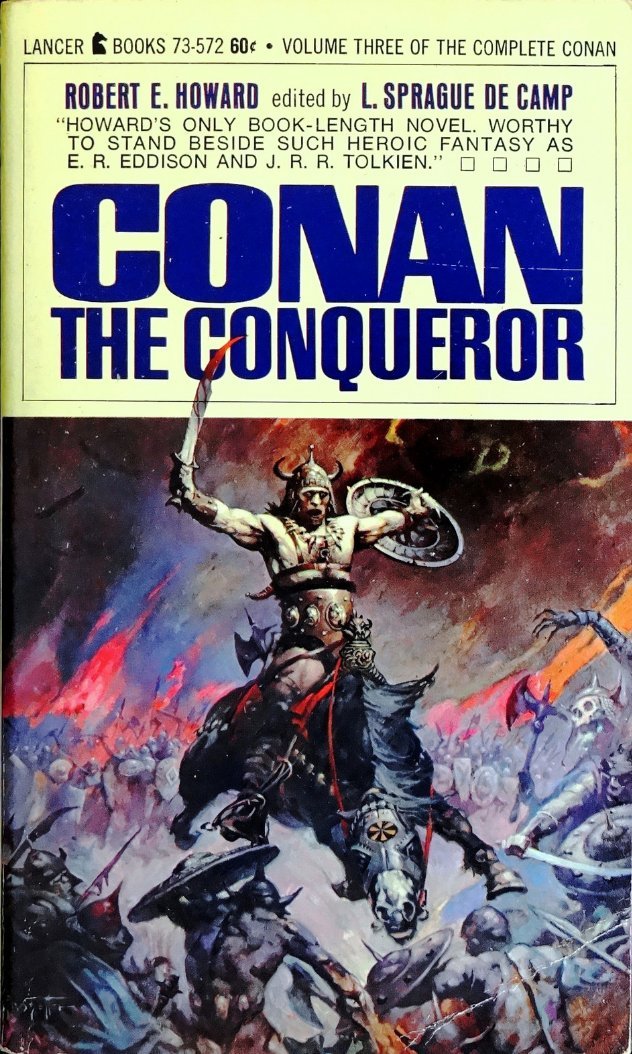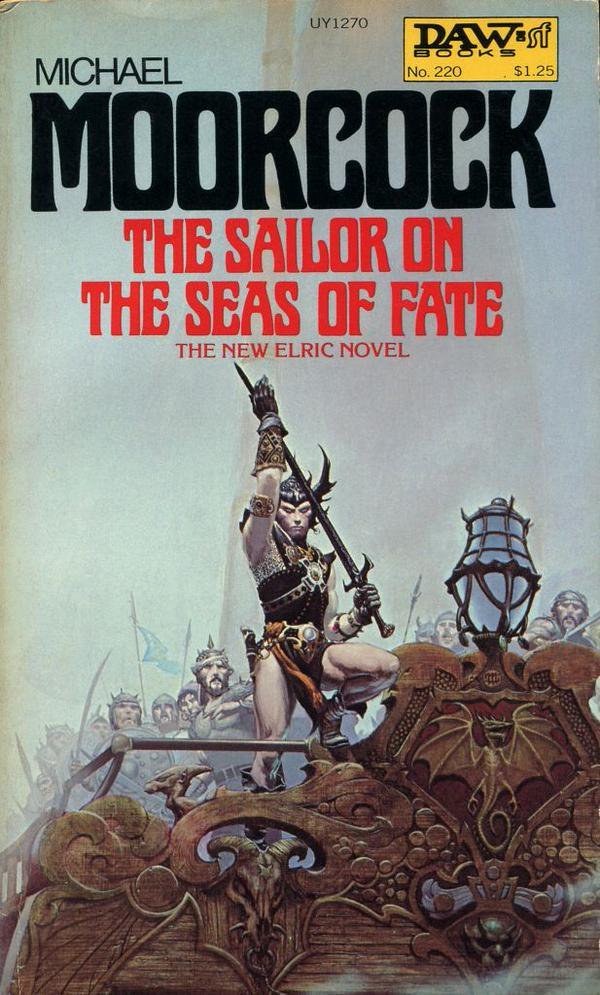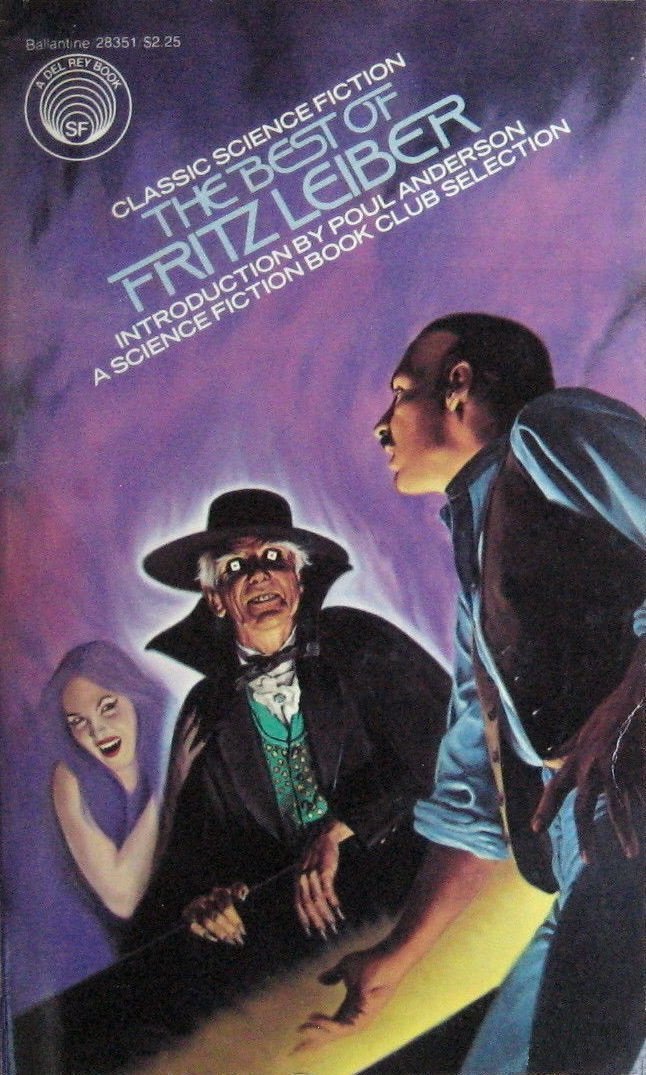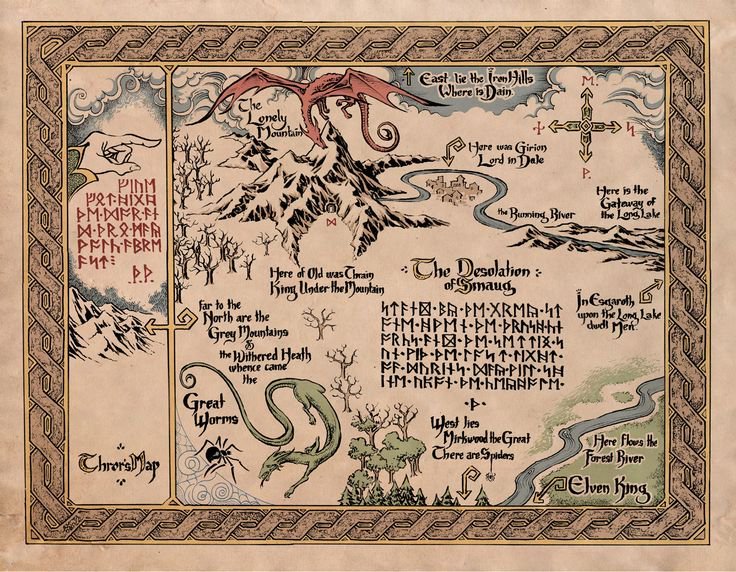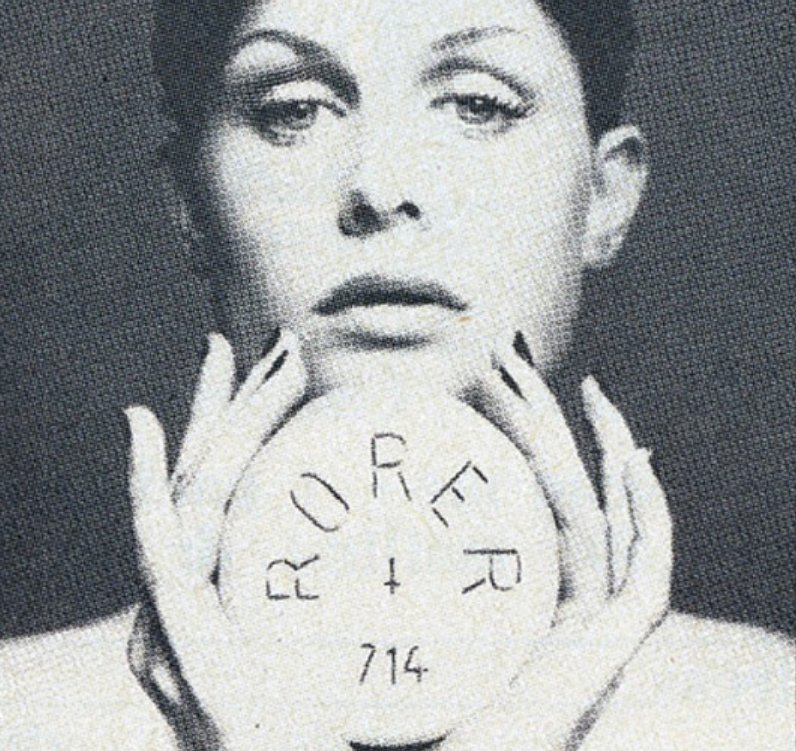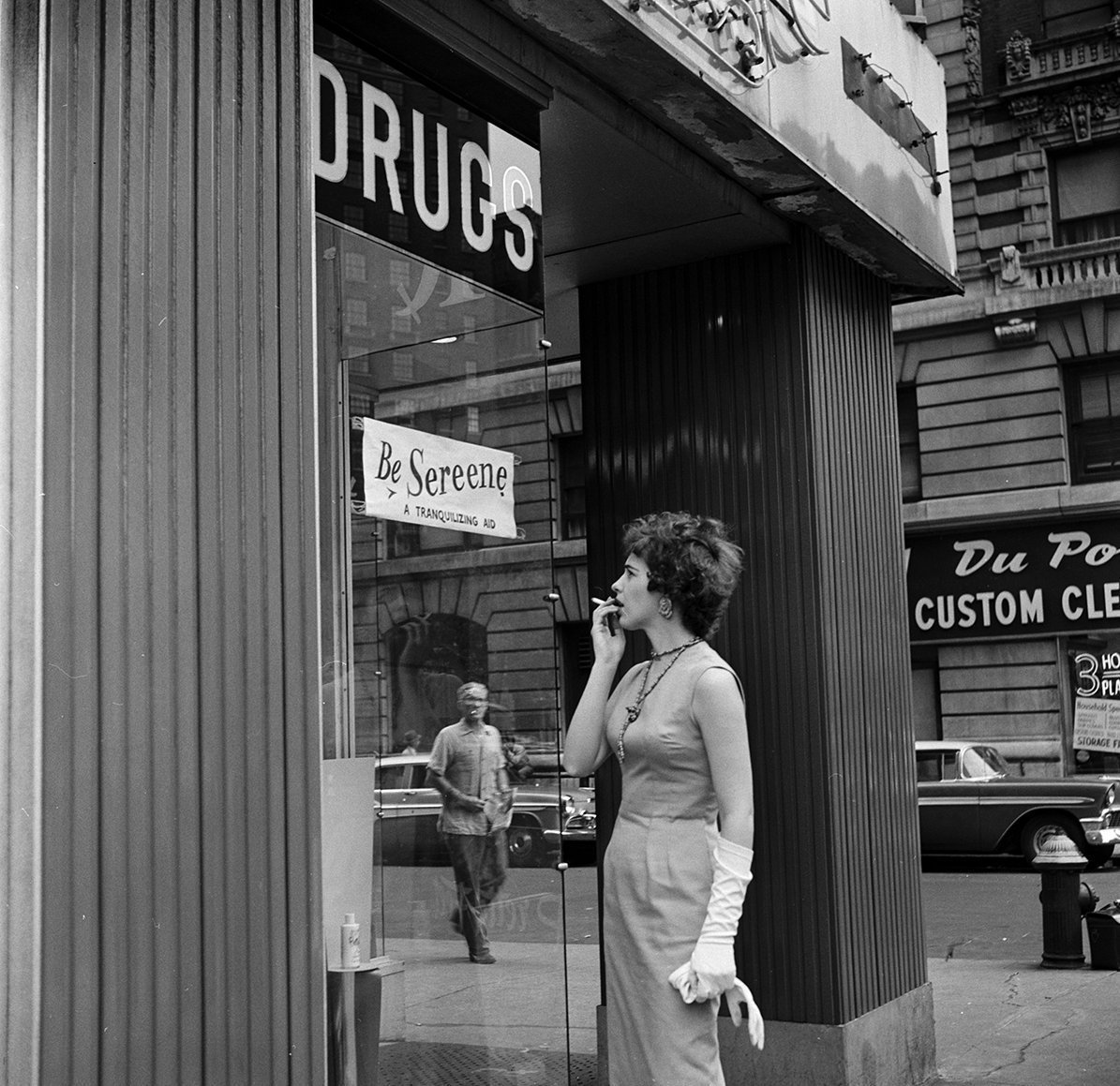
It's now over half a century since 1970, and I'm starting to wonder if we should bring back its concept of gracious modern living... 
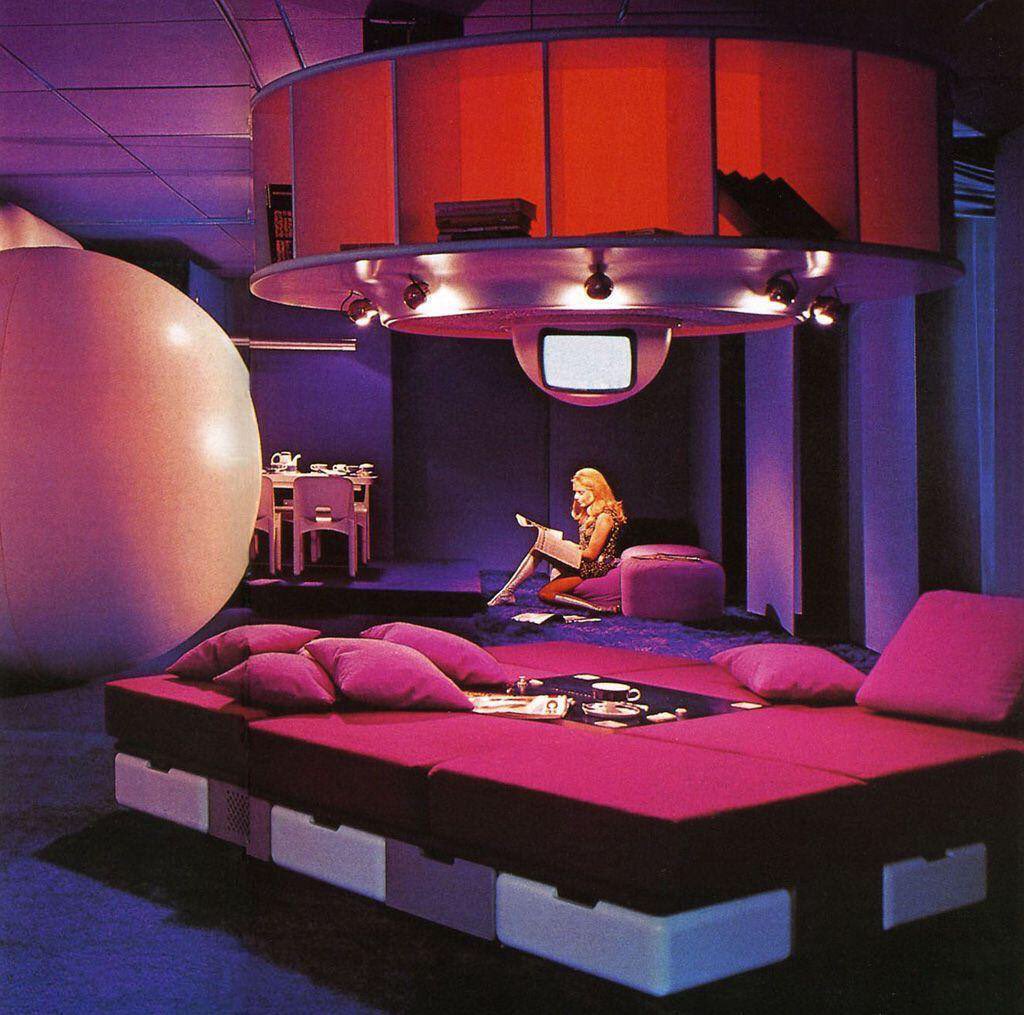
You see we've grown so used to Swedish-style modernism that we've sort of forgotten that maximalism, rather than minimalism, was once the sign of a cultured abode. 
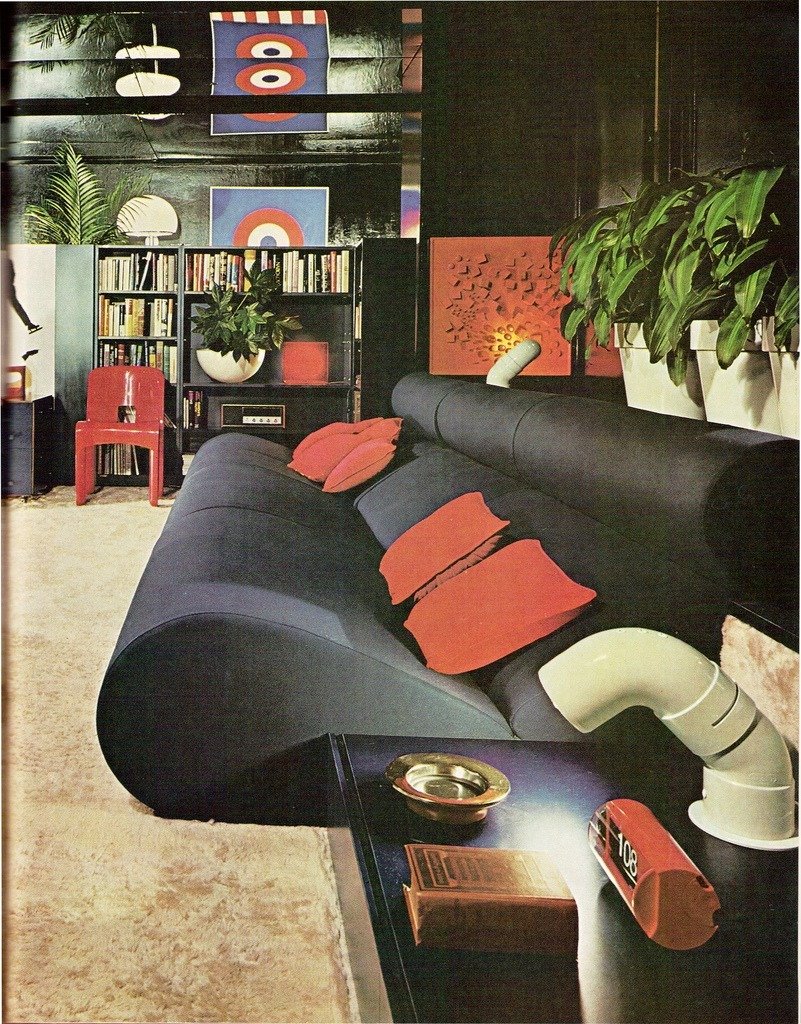
The 1970s in many ways reached back to the rich ideas of Victorian decor: heavy, autumnal and cluttered. Home was meant to be a baroque and sensual experience, rather than a 'machine for living in.' 
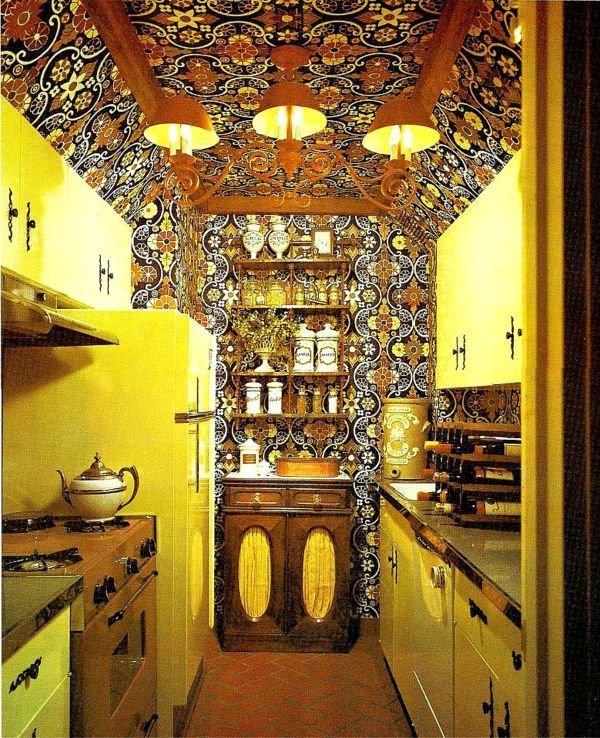
Gaudy was certainly in by 1970: colour choices for interior design were rich and varied, with every room becoming a boutique of signature design. 
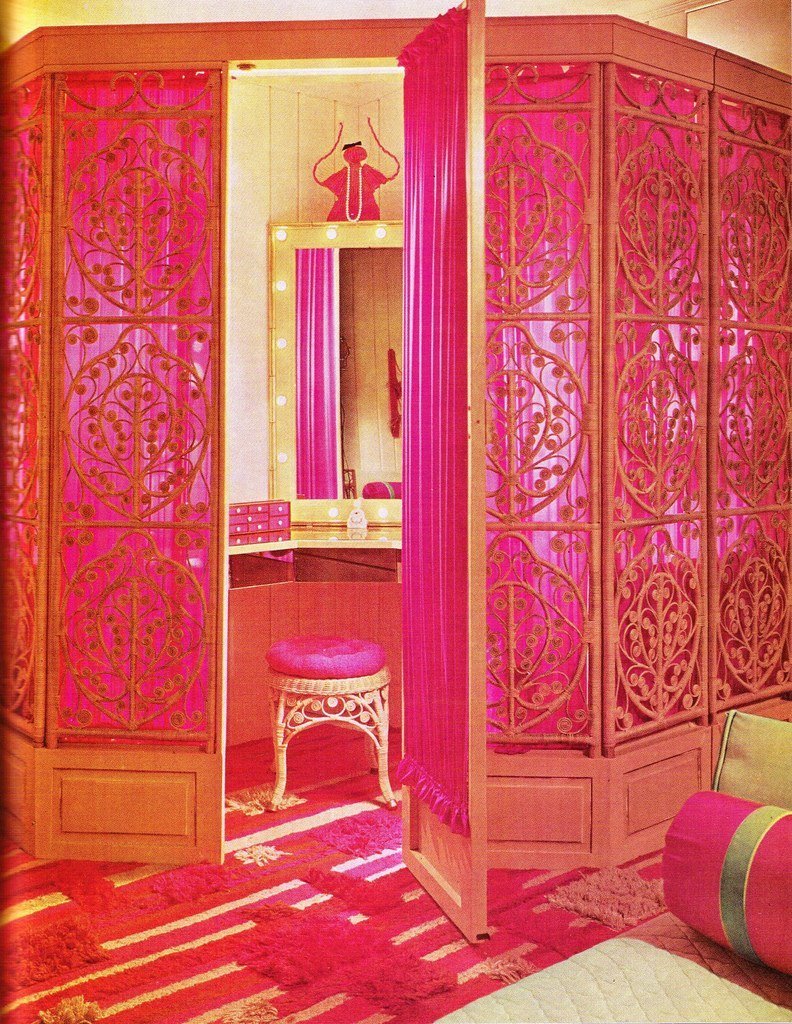
Experimentation and adventurism were also coming to the fore: now we had landed on the Moon surely we should start to live like astronauts on Earth. 
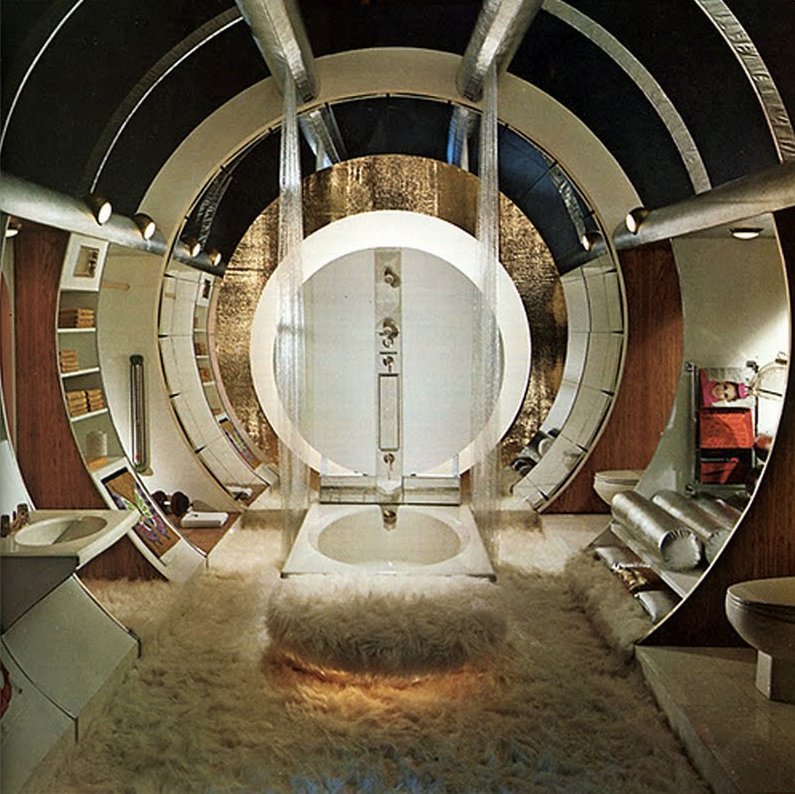
Conspicuous consumption was reaching one of its periodic zeniths in 1970. Unlike today where we flaunt our home technology, in 1970 it was decor rather than data that we craved in abundance. 
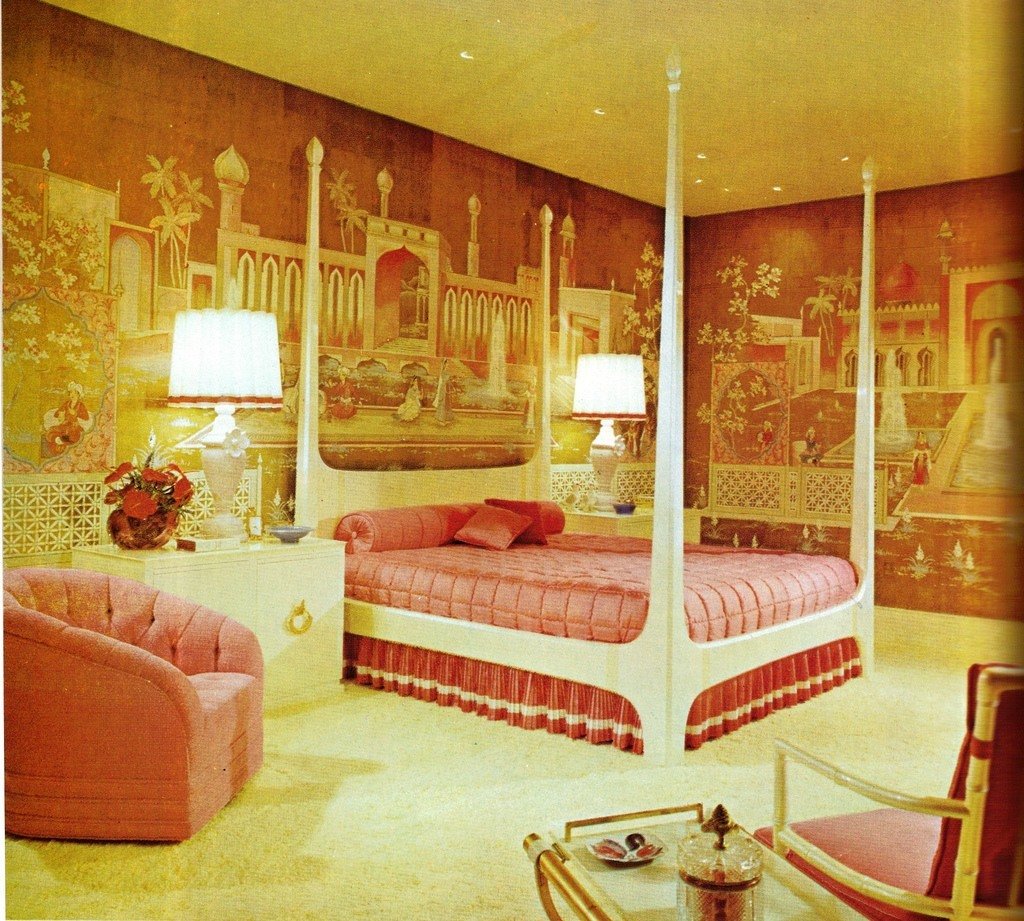
Our choice of colours also reflected the mood of the new decade: warmer, heavier and more nostalgic. Every surface of every room needed to bear the imprimatur of the age. 
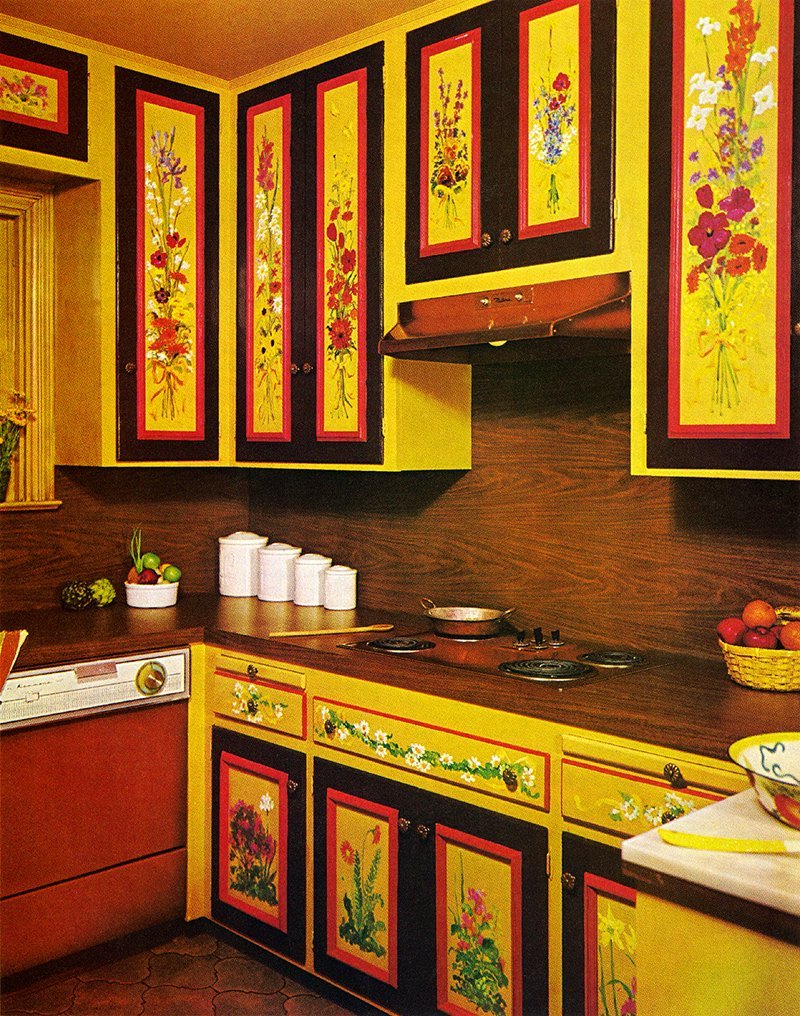
The oil shock of the early 1970s soon put a stop to our maximalist dreams of rich design: soon the aesthetic became more homely, more protective, smaller. Our homes now resembled a refuge from uncertainty. 
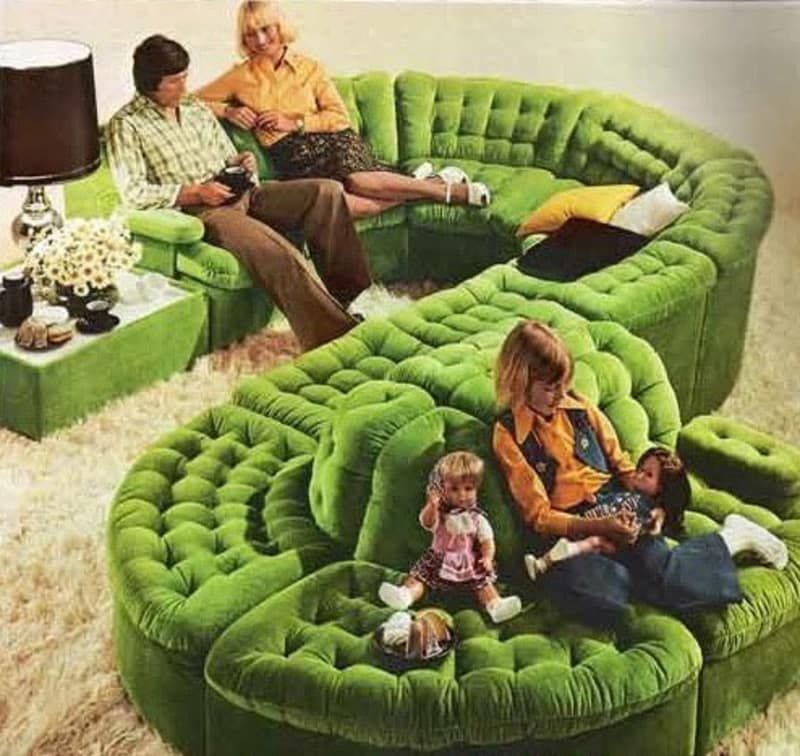
Looking back, 1970 seemed like the last gasp of an idea of modernity that we have somewhat lost: an idea that home is a place that we welcome other people into, a place where we are entertained by entertaining others. 

I'm not suggesting we can tackle the loneliness epidemic of the 2020s by going back to 1970, but I will leave you with this thought: what is a home for? Is it just shelter and protection, or is it also for hospitality and generosity?
Maybe 1970 got something right after all...
Maybe 1970 got something right after all...

• • •
Missing some Tweet in this thread? You can try to
force a refresh

